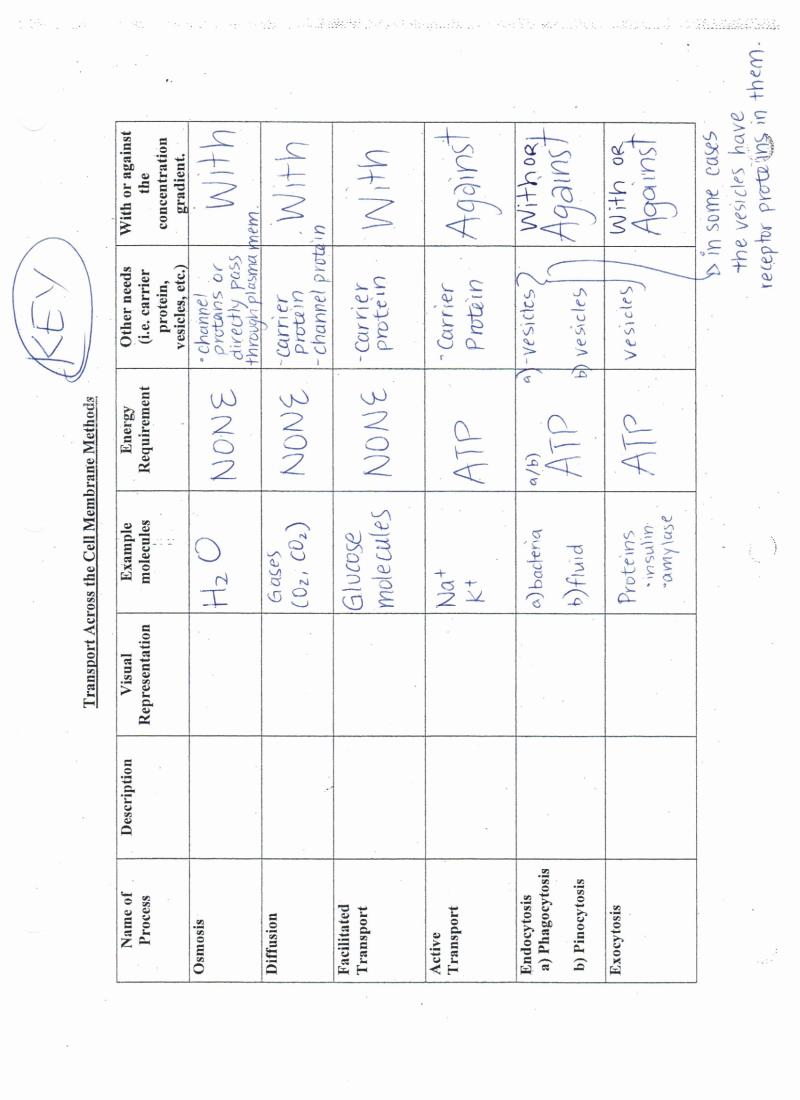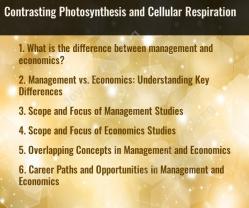What is the key function for a cell membrane?
The cell membrane, also known as the plasma membrane, serves several key functions crucial for the survival and proper functioning of a cell. Some of its primary functions include:
1. Selective Permeability: The cell membrane acts as a selectively permeable barrier, allowing certain substances to pass while restricting the entry or exit of others. It regulates the movement of ions, molecules, and nutrients into and out of the cell, maintaining internal balance and preventing the entry of harmful substances.
2. Boundary and Compartmentalization: It defines the boundary of the cell, separating the cell's internal environment (cytoplasm) from the external environment. This separation allows cells to create specialized environments within their structure and perform specific functions without interference.
3. Cell Signaling and Communication: The cell membrane contains various proteins, receptors, and signaling molecules that facilitate cell-to-cell communication. These proteins play roles in receiving external signals, transmitting messages into the cell, and coordinating cellular responses to changes in the environment.
4. Cell Recognition and Identification: Proteins and carbohydrates on the cell membrane's surface help identify the cell to its own body or to other cells. This recognition is crucial for immune responses, tissue development, and cell interactions within multicellular organisms.
5. Transport of Molecules: The cell membrane contains various types of proteins, such as channel proteins and carrier proteins, that facilitate the transport of specific molecules across the membrane. This transport can occur through processes like passive diffusion, facilitated diffusion, and active transport.
6. Structural Support and Shape: The cell membrane, composed of a phospholipid bilayer, provides structural support and helps maintain the shape of the cell. It gives cells their integrity and flexibility to adapt to changing conditions.
7. Cell Adhesion: Certain proteins on the cell membrane's surface help cells adhere to neighboring cells and the extracellular matrix, contributing to tissue structure, stability, and organization.
These functions collectively contribute to the overall health, stability, and proper functioning of cells. The cell membrane's dynamic nature and its ability to regulate the exchange of materials are essential for cellular homeostasis and the survival of organisms.
The cell membrane, also known as the plasma membrane, is a thin, flexible barrier that encloses all cells. It is a critical component of the cell, playing a vital role in maintaining cell integrity, facilitating cellular communication, and regulating the passage of substances into and out of the cell.
1. Maintaining Cell Integrity
The cell membrane acts as a selective barrier, preventing uncontrolled leakage of cellular contents while allowing essential substances to enter and exit the cell. This selective permeability is crucial for maintaining the cell's internal environment, which is essential for cellular processes and survival.
The cell membrane's structural integrity is maintained by its phospholipid bilayer composition. The phospholipids' hydrophobic tails face inwards, forming a nonpolar interior that restricts the passage of water-soluble substances. The hydrophilic heads face outwards, interacting with the surrounding aqueous environment and providing a surface for various cellular interactions.
2. Cellular Communication
The cell membrane plays a central role in cellular communication by facilitating the transmission of signals between cells. These signals can be chemical, electrical, or mechanical in nature and can trigger various cellular responses, such as growth, differentiation, and movement.
Chemical signaling molecules, such as hormones and neurotransmitters, bind to specific receptors on the cell membrane, initiating a cascade of events within the cell. Electrical signaling, in the form of nerve impulses, travels along the cell membrane, relaying information from one cell to another. Mechanical signaling, such as touch or pressure, can also be transmitted through the cell membrane, triggering changes in cellular behavior.
3. Regulating Passage of Substances
The cell membrane regulates the passage of substances into and out of the cell through various transport mechanisms. These mechanisms allow the cell to selectively import nutrients, oxygen, and other essential molecules while preventing the entry of harmful substances.
Passive transport mechanisms, such as simple diffusion and facilitated diffusion, do not require energy input and allow substances to move across the cell membrane along concentration gradients. Active transport mechanisms, such as sodium-potassium pumps, utilize energy to move substances against concentration gradients, enabling the cell to maintain specific ion concentrations and other essential chemical gradients.
4. Cell Signaling and Cell Membrane
The cell membrane is intimately involved in cell signaling processes. Various signaling molecules, such as receptors, enzymes, and ion channels, are embedded within the cell membrane, enabling them to interact with extracellular signaling molecules and trigger intracellular signaling pathways.
These signaling pathways, often involving a cascade of biochemical reactions, relay information within the cell, resulting in specific cellular responses. The cell membrane's organization and composition play a crucial role in facilitating these signaling interactions.
5. Cellular Recognition and Identity
The cell membrane contributes to cellular recognition and identity by displaying unique molecules, such as carbohydrates and proteins, on its surface. These molecules act as molecular markers that enable cells to recognize one another, distinguish between friendly and foreign cells, and participate in specific cellular interactions.
Cellular recognition is essential for various processes, including cell-cell adhesion, immune responses, and tissue development. The cell membrane's ability to display these recognition molecules allows cells to interact in a coordinated manner, maintaining tissue integrity and orchestrating complex biological processes.












